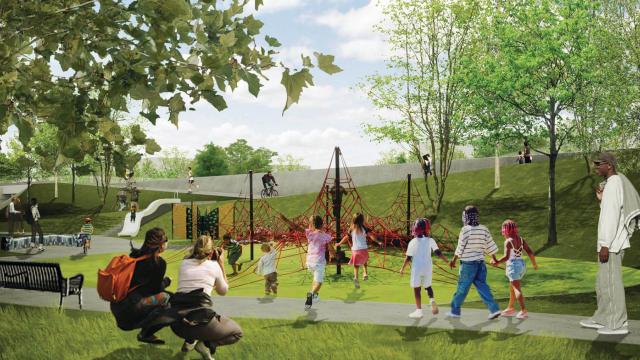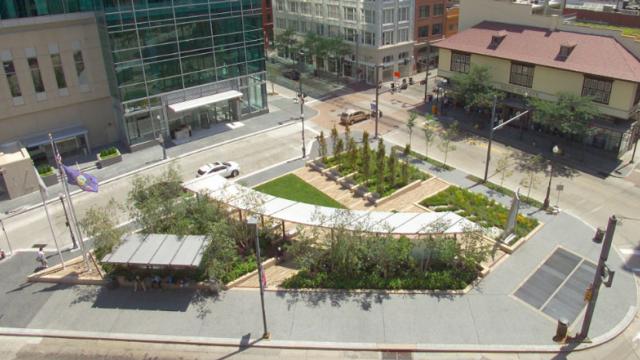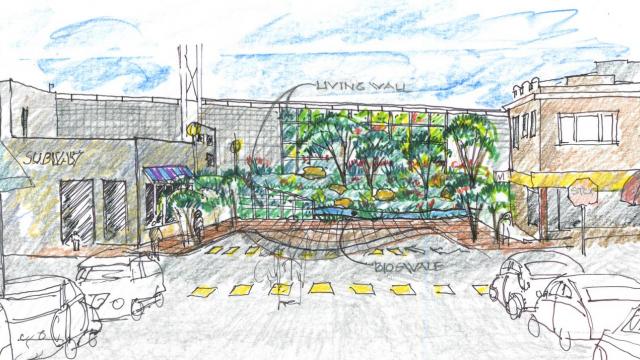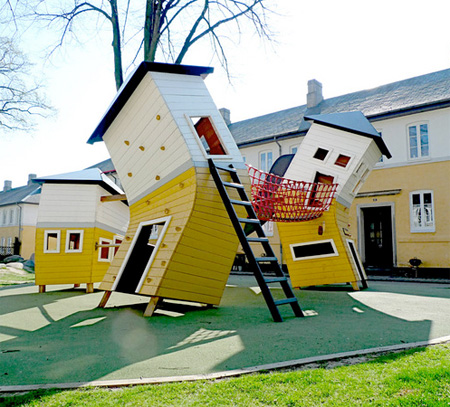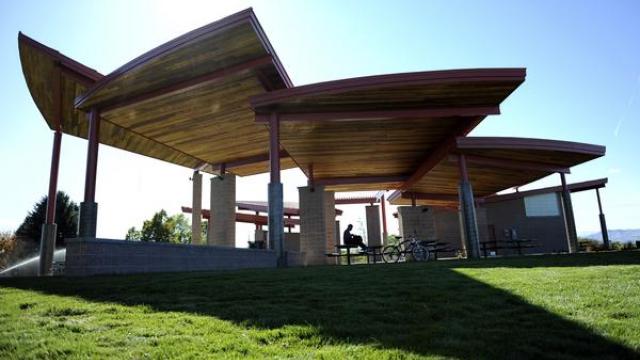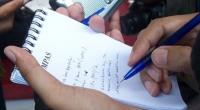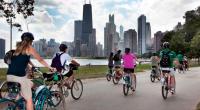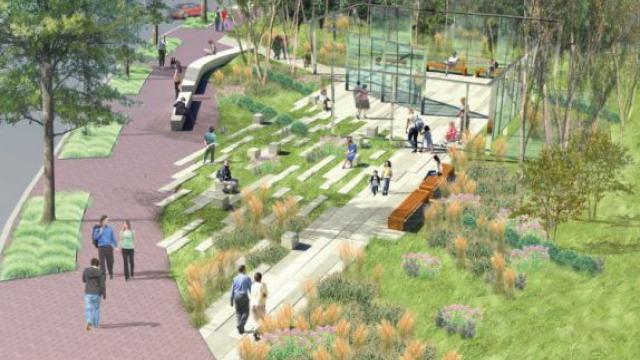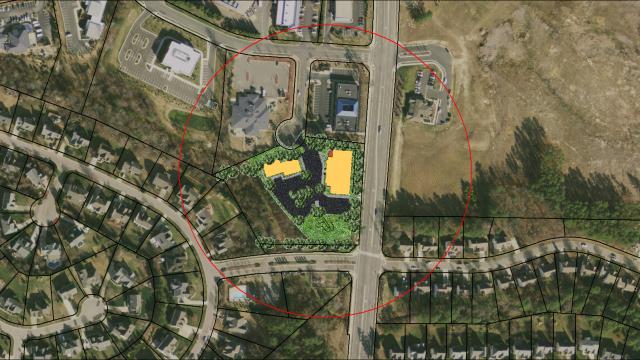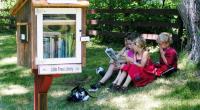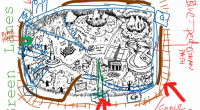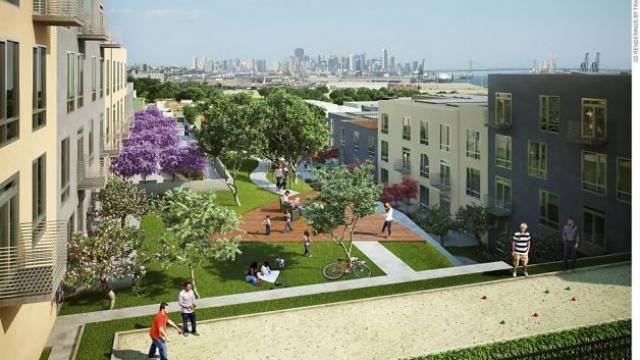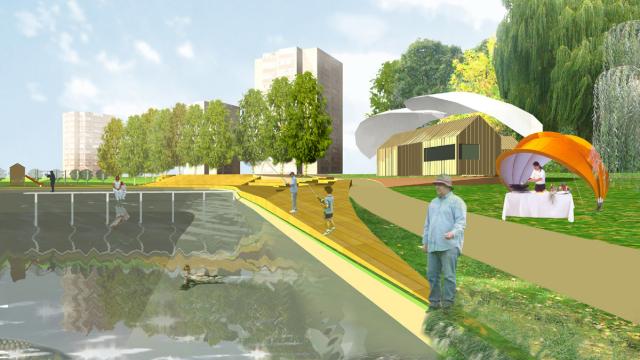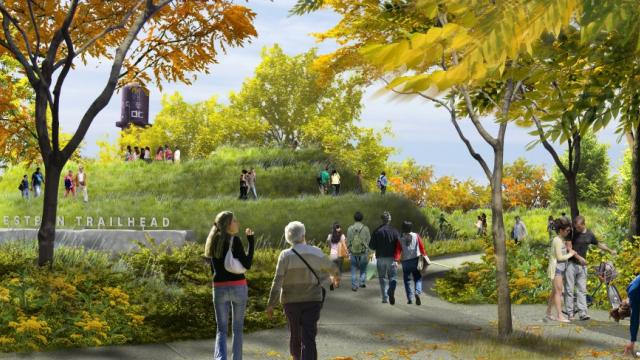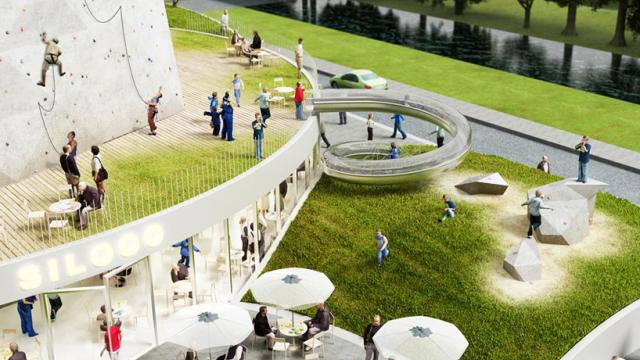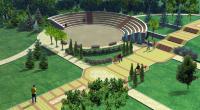
Sunshine Paradise
A pocket park is what can easily be called a mini park. It is created in irregular or vacant small spaces of land. For this project I am creating my pocket park in downtown, Las Vegas (Gracia and 6th). In my project I want to combine not only a children’s environment but also accommodation for any aged people that are seeking enjoyment. Sustainability is very important when taking in consideration the designing process. The entrance I think should be made welcoming as once walks through it; I don’t want it to just be an open entrance without an arc or something above people when they walk through. I want the park to be easily seen from far away and seen as a park but I don’t want it entirely open. I want to close it off with low stone gates of some sort. As they’re in the park they should see everything set down easily. I want a lot of green and stone around this park, but I also want a lot of color, and sculptures. There should be an area for adults to feel comfortable in so I’d include an area with chairs and tables. Taking in consideration pocket parks aren't really big so a few tables should be able to be incorporated in the park so that families are able to be together and maybe even celebrate something small. My purpose is to come through with accommodation for people to enjoy, to give a good feel about the park and have them wanting to visit it more often. It’s supposed to be fun and friendly and look modern and colorful.
